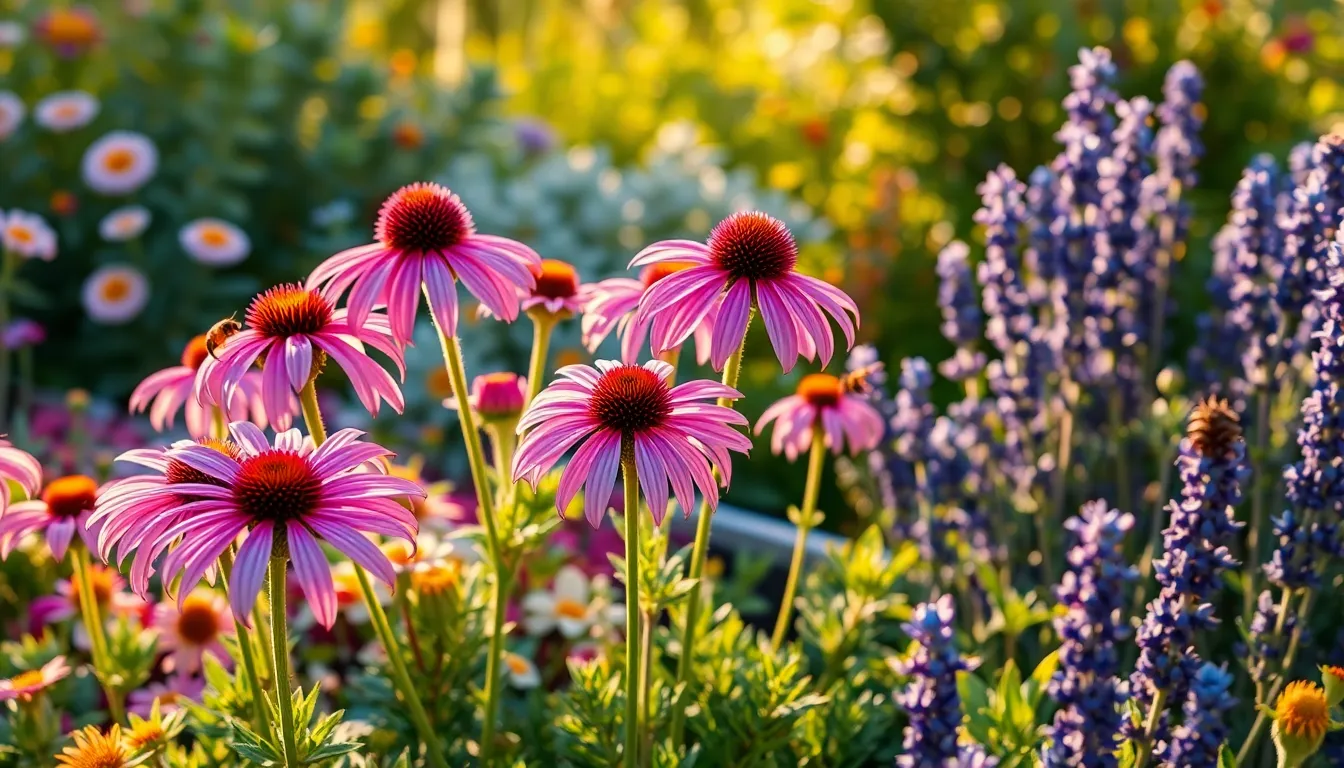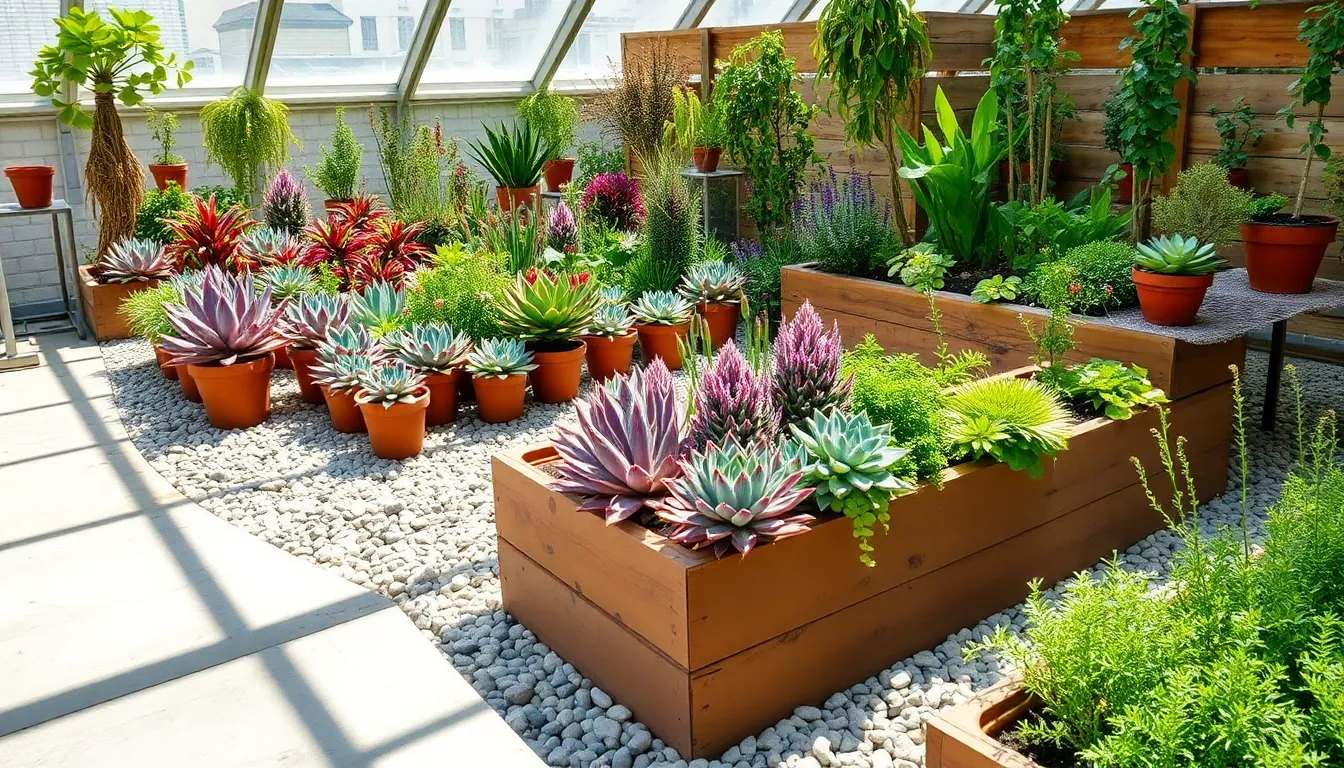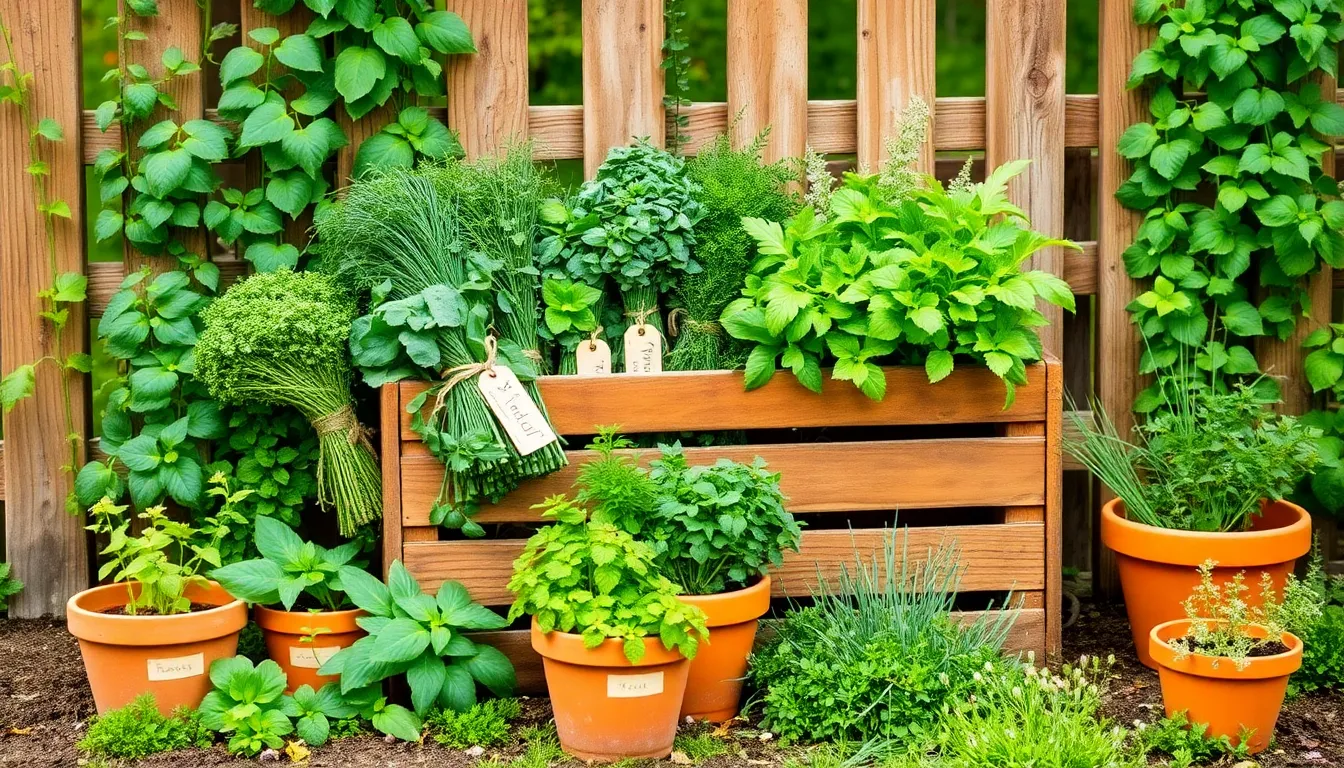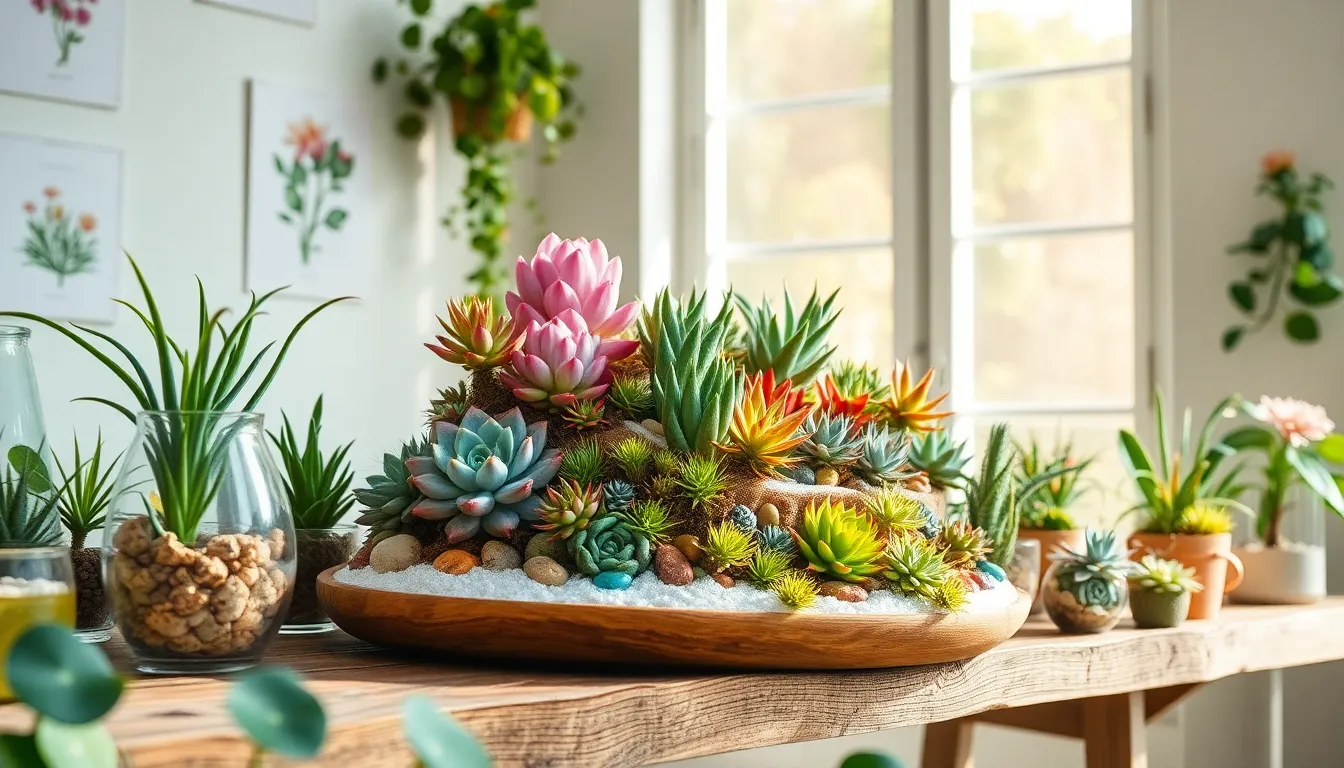Welcome to a world where your garden becomes a vibrant haven for pollinators, buzzing with life and color! Whether you’re just starting your gardening journey or have a seasoned green thumb, our guide to the best plants for attracting pollinators will help you create a thriving ecosystem right at home. Embracing the beauty and benefits of these plants will not only enhance your indoor space but also contribute to the well-being of vital pollinators like bees and butterflies.
Imagine the satisfaction of knowing your garden is a key player in supporting biodiversity. By choosing the right plants, you’ll enjoy the practical benefits of a healthier, more productive garden, thanks to the increased pollination activity. Our carefully curated list offers practical advice and easy-to-follow techniques that will inspire confidence and success for gardeners of all levels.
Dive into a rewarding gardening experience where each bloom holds the promise of life and sustenance for nature’s essential workers. With a touch of enthusiasm and a sprinkle of patience, you’ll soon see your indoor garden transform into a lively sanctuary that nurtures both plants and pollinators alike. Let’s embark on this delightful journey together, cultivating not just plants, but a flourishing symbiotic relationship with nature.
Bee Balm (Vibrant Blooms for Bees and Hummingbirds)
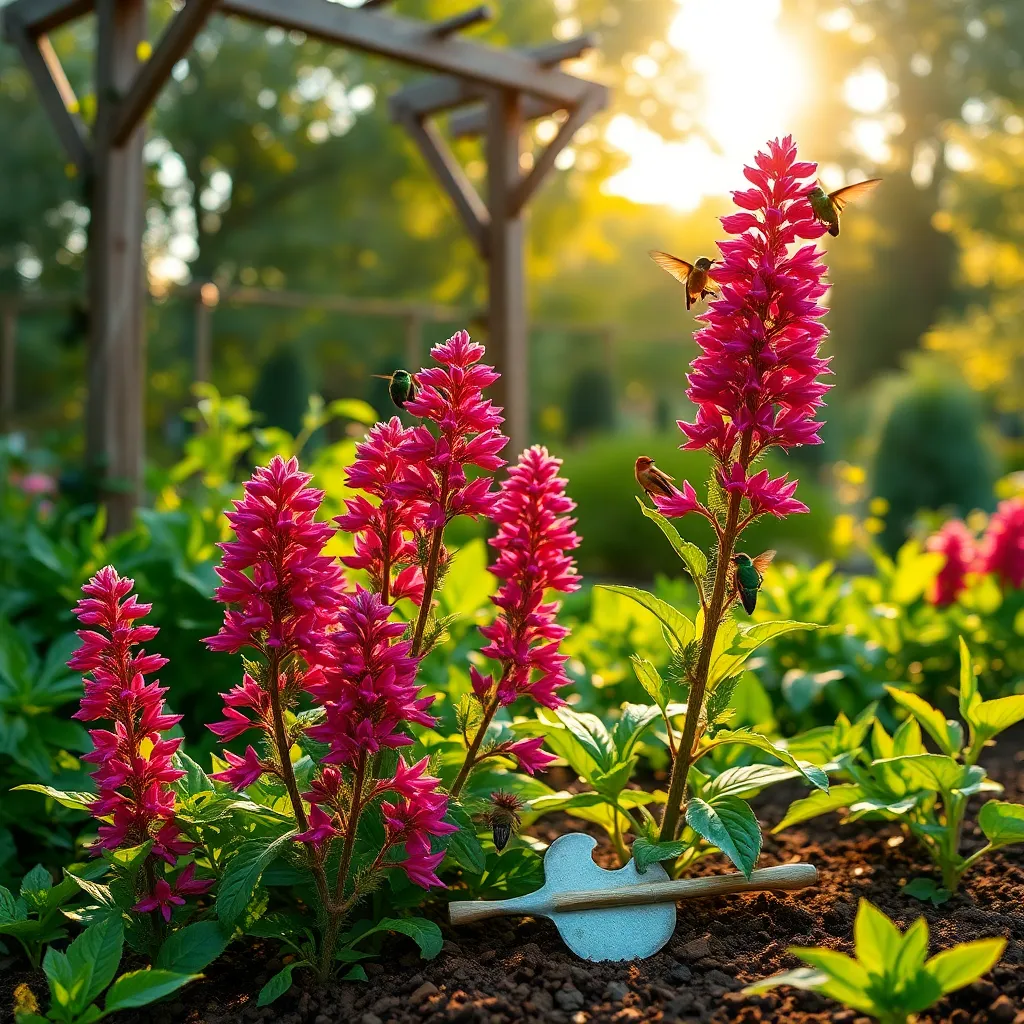
Bee Balm, also known as Monarda, is a fantastic choice for attracting pollinators like bees and hummingbirds to your garden. This perennial plant offers vibrant blooms in shades of red, pink, purple, and white, providing a stunning display from early summer through late summer.
To grow Bee Balm successfully, choose a location with full sun to partial shade. It thrives best in well-drained soil enriched with organic matter, so consider adding compost or aged manure to enhance soil quality.
Watering is crucial during the plant’s establishment period and throughout the growing season. Aim to keep the soil consistently moist but not waterlogged, which can be achieved by watering deeply once a week or more frequently during hot, dry spells.
For more advanced care, consider deadheading spent flowers to encourage continuous blooming and prevent self-seeding. Additionally, divide clumps every 2-3 years in early spring to maintain plant vigor and prevent overcrowding.
Lavender (Fragrant Lure for Butterflies and Bees)
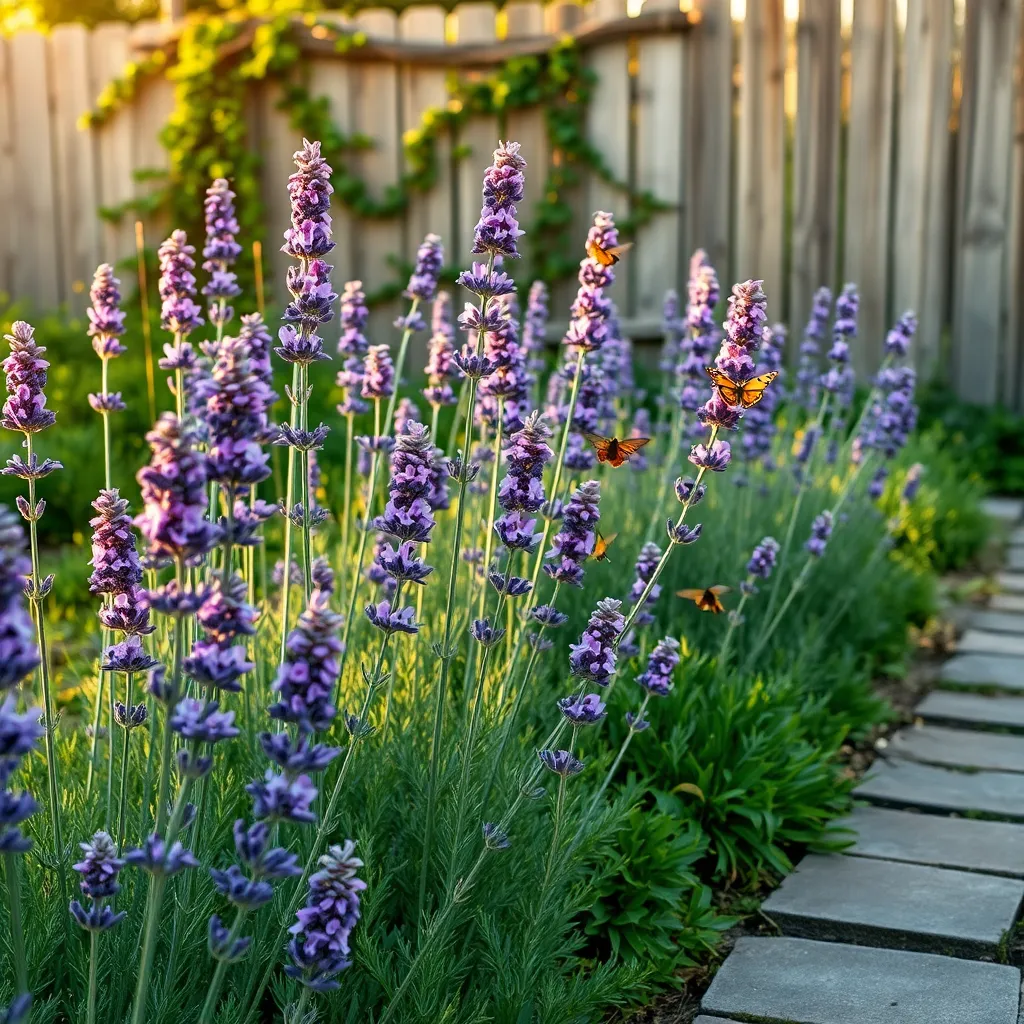
Lavender, with its delicate purple blooms and calming fragrance, is a powerful attractant for both butterflies and bees. This hardy perennial thrives in sunny locations and well-drained soil, making it an excellent choice for gardeners looking to enhance their pollinator-friendly spaces.
To ensure your lavender plants flourish, it’s essential to plant them in soil that is slightly alkaline, with a pH of 6.7 to 7.3. Regular pruning after flowering will encourage a more compact growth and increase bloom production in the following season.
Watering lavender correctly is crucial to its success, as it requires a balance to avoid root rot. Water once a week until established, then reduce to every two weeks as the plant matures, allowing the soil to dry out between waterings.
For those in colder climates, consider choosing hardy varieties such as ‘English Lavender’ which can withstand frost. Mulching with organic material around the base can help protect the roots during winter months, ensuring your lavender returns each year with vigor.
Coneflower (Long-Lasting Nectar Source for Pollinators)
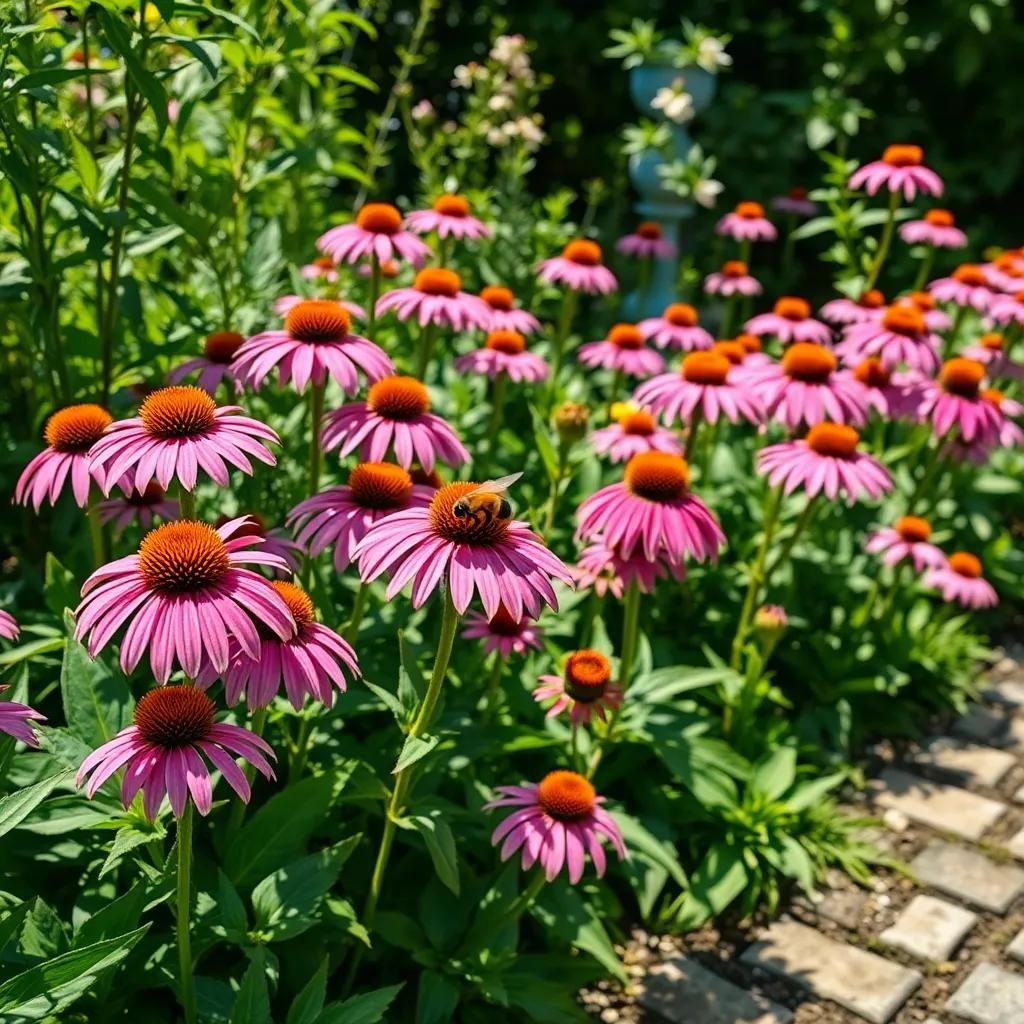
Coneflowers, known for their vibrant hues and resilience, are a fantastic choice for attracting a variety of pollinators to your garden. These perennials are particularly appealing to bees and butterflies, offering a steady supply of nectar throughout the summer months.
To cultivate coneflowers successfully, plant them in a location that receives full sun, as they thrive in bright conditions. Well-drained soil is crucial, so consider adding some sand or gravel to your garden bed if your soil retains too much moisture.
Water your coneflowers deeply but infrequently, allowing the soil to dry out between waterings to prevent root rot. Once established, these hardy plants are drought-tolerant, making them a low-maintenance option for busy gardeners.
For optimal growth, deadhead spent blooms regularly to encourage continuous flowering and the development of new buds. In late fall, consider leaving the seed heads intact; they provide a valuable food source for birds during the winter months.
Pollinator-Friendly Seed Mix (Diverse Blooms for All Seasons)
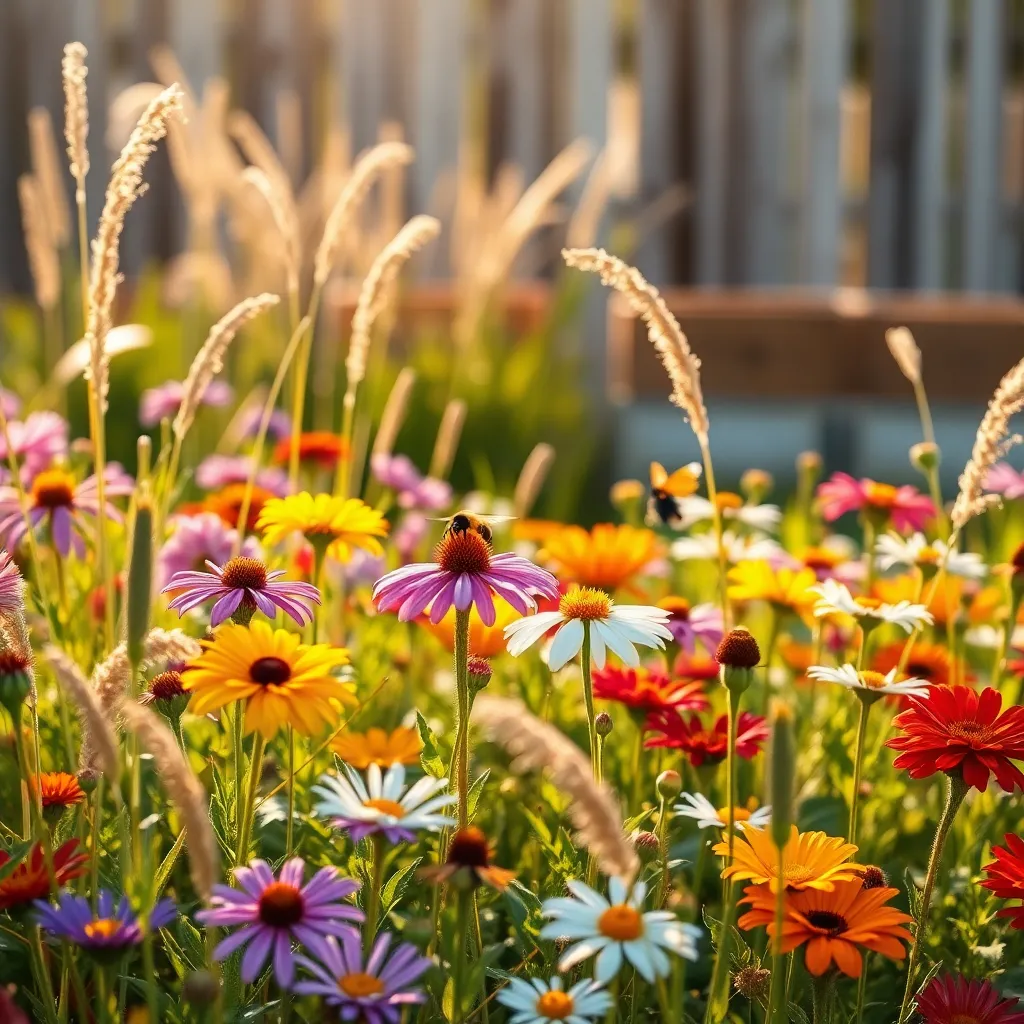
Creating a pollinator-friendly garden starts with selecting a diverse seed mix that blooms throughout the seasons. This ensures that pollinators like bees, butterflies, and hummingbirds have a continuous source of nectar and pollen. Consider choosing seeds that include a mix of early, mid, and late-season bloomers to maintain a vibrant garden year-round. An ideal mix should include both annuals and perennials to provide immediate and long-term benefits.
When preparing your garden bed, ensure the soil is well-draining to accommodate a variety of plant types. A mix of organic compost and sand can help improve drainage and provide essential nutrients for young plants. For best results, sow the seeds in spring after the last frost, as this timing coincides with the natural awakening of pollinators. Lightly rake the soil surface after sowing to ensure good seed-to-soil contact, which aids germination.
Watering is crucial in the early stages to establish strong roots. Aim to keep the soil moist but not waterlogged, watering more frequently if necessary during dry spells. As the plants mature, you can adjust the watering schedule to once a week, ensuring deep irrigation rather than shallow, frequent watering. This encourages roots to grow deeper, making the plants more drought-resistant.
To enhance the diversity of blooms, include plants like borage, cosmos, and zinnias, which are particularly attractive to a wide range of pollinators. For a more advanced approach, consider adding native plants to the mix, as they are adapted to local conditions and require less maintenance. Regularly deadhead spent flowers to promote continuous blooming and prevent self-seeding if you prefer a more controlled garden environment. By following these steps, your garden will become a thriving habitat for pollinators, contributing to their conservation and enhancing the health of your local ecosystem.
Milkweed (Essential Host Plant for Monarch Butterflies)
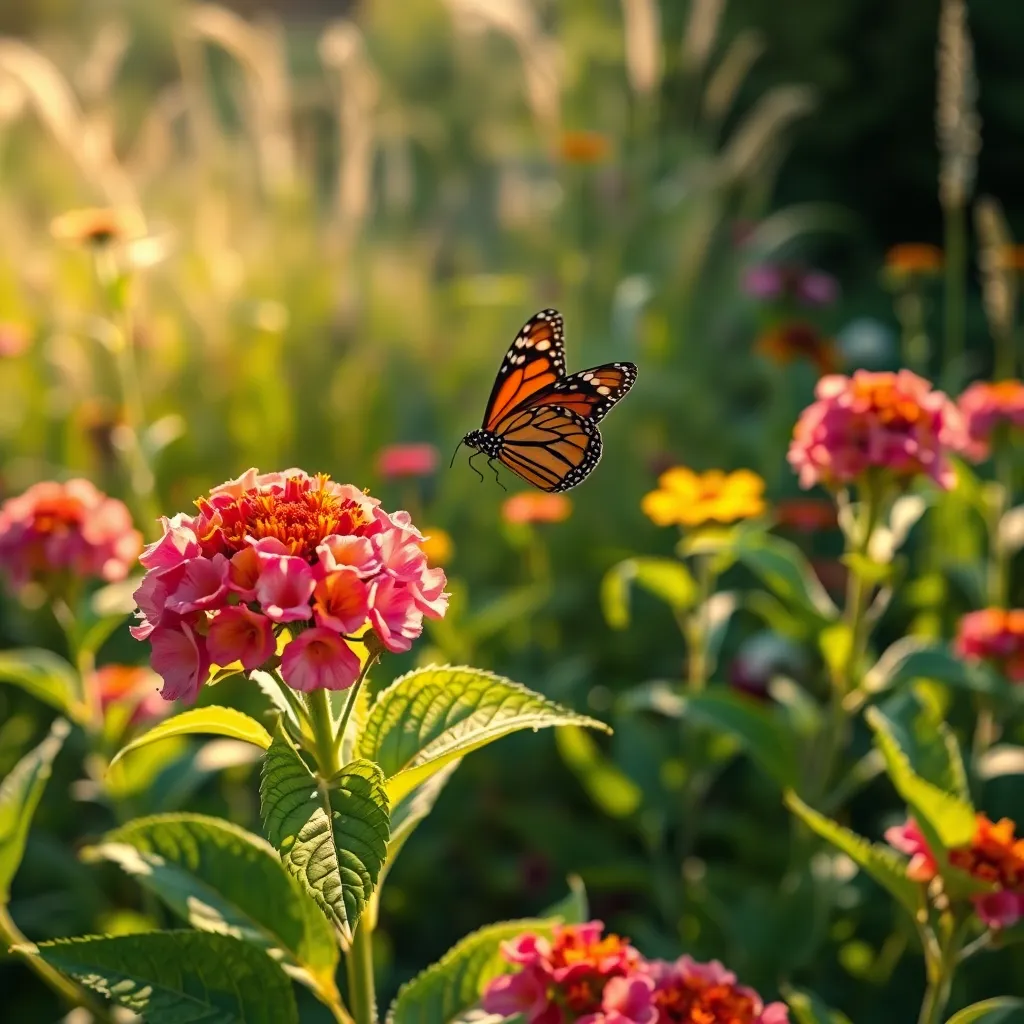
Milkweed is an essential plant for attracting monarch butterflies, as it serves as a crucial host plant for their larvae. Growing milkweed in your garden not only supports these beautiful creatures but also adds vibrant beauty to your landscape.
To successfully grow milkweed, choose a spot that receives ample sunlight, as these plants thrive in full sun. Ensure the soil is well-draining, as milkweed prefers not to have “wet feet” and can tolerate dry conditions once established.
For beginners, starting with milkweed seeds is a cost-effective option, but be aware that some species require cold stratification to germinate. Consider starting seeds indoors 4-8 weeks before your last frost date, or directly sow them outdoors in early spring.
Experienced gardeners might explore propagating milkweed through cuttings, which can be a rewarding method to expand your garden. Simply take a cutting from a mature plant, remove the lower leaves, and place it in a well-draining potting mix to encourage root development.
Conclusion: Growing Success with These Plants
In this journey through the vibrant world of pollinator-friendly gardening, we explored five key concepts that not only enhance your garden but also nurture the vital relationship between plants and pollinators. First, we discussed the importance of selecting native plants that naturally attract local pollinators. Second, we highlighted the value of diversity in plant selection to support various pollinator species. Third, we emphasized the significance of planting in clusters to facilitate efficient pollination. Fourth, we underlined the role of providing blooms throughout the seasons to sustain pollinators year-round. Lastly, we examined the benefits of avoiding pesticides that harm these essential creatures.
As your actionable next step, consider visiting a local nursery to select a few native plants to introduce into your garden. This simple action can set the stage for a thriving ecosystem. Be sure to bookmark this article for reference as you continue to cultivate your pollinator-friendly garden. By nurturing these relationships, you’re contributing to a flourishing environment that benefits both nature and your soul. Remember, the success of your garden and relationships is a journey, not a destination, and with each step, you’re fostering a future rich with life and connection.

